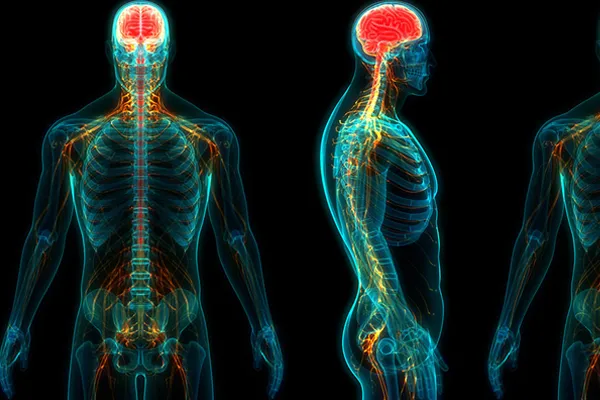Articles & Research

A Role of the Parasympathetic Nervous System in Cognitive Training
Background: Vision-based speed of processing (VSOP) training can result in broad cognitive improvements in older adults with amnestic mild cognitive impairment (aMCI). What remains unknown, however, is what neurophysiological mechanisms account for the observed training effect. Much of the work in this area has focused on the central nervous system, neglecting the fact that the peripheral system can contributes to changes of the central nervous system and vice versa.
Objective: We examined the prospective relationship between an adaptive parasympathetic nervous system response to cognitive stimuli and VSOP training-induced plasticity.
Method: Twenty-one participants with aMCI (10 for VSOP training, and 11 for mental leisure activities (MLA) control) were enrolled. We assessed high-frequency heart rate variability (HF-HRV) during training sessions, and striatum-related neural networks and cognition at baseline and post-training.
Results: Compared to MLA, the VSOP group showed a significant U-shaped pattern of HF-HRV response during training, as well as decreases in connectivity strength between bilateral striatal and prefrontal regions. These two effects were associated with training-induced improvements in both the trained (attention and processing speed) and transferred (working memory) cognitive domains.
Conclusion: This work provides novel support for interactions between the central and the peripheral nervous systems in relation to cognitive training, and motivates further studies to elucidate the causality of the observed link.
Keywords: Parasympathetic nervous system; amnestic mild cognitive impairment; cognitive training; processing speed; striatum; working memory
Authors: Lin, Feng; L. Heffner, Kathi; Ren, Ping; Tadin, Duje
Source: Current Alzheimer Research, Volume 14, Number 7, 2017, pp. 784-789(6)
Publisher: Bentham Science Publishers

